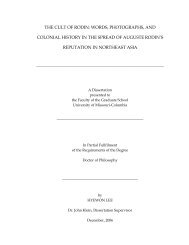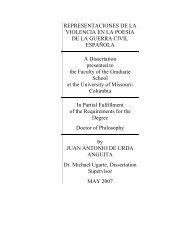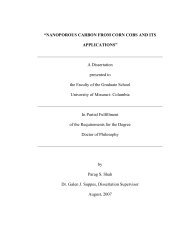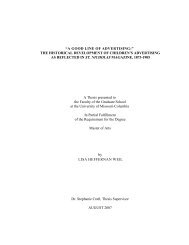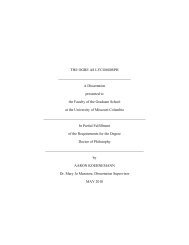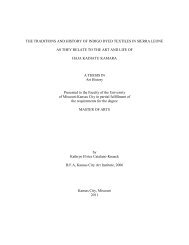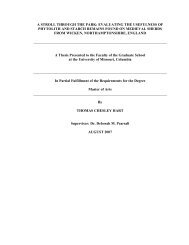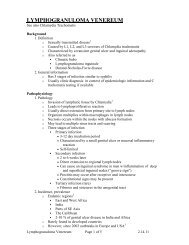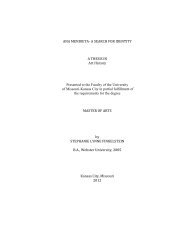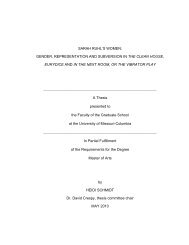Social Construction of Reality - Bad Request
Social Construction of Reality - Bad Request
Social Construction of Reality - Bad Request
Create successful ePaper yourself
Turn your PDF publications into a flip-book with our unique Google optimized e-Paper software.
evaluator, but also the program supervisor as well to work with the program manager in<br />
advance <strong>of</strong> the evaluation. This is an important step in reducing evaluation anxiety,<br />
which could negatively impact the fabric <strong>of</strong> the organization if not properly addressed.<br />
Another procedural conclusion is that the organization must continue to educate<br />
all program managers on how to construct operationalizable logic models for their<br />
individual programs in advance <strong>of</strong> the program evaluation. Archival data and interviews<br />
emphasized the significance <strong>of</strong> requiring logic models. This requirement is one way to<br />
reduce program evaluation time commitment; it also supports evaluation capacity<br />
building, addressed in the following section.<br />
The final procedural conclusion stems from all <strong>of</strong> the others, The School District<br />
will increase knowledge creation, improve systemic thinking, build evaluative capacity,<br />
and change organizational culture by adopting an agreed upon program evaluation model,<br />
perhaps one comprised <strong>of</strong> the tools generated by this study.<br />
Process-use conclusions. The most notable process use conclusion is that<br />
stakeholders are open to intentionally providing for process use and evaluative capacity<br />
building. Patton (1997) notes “the possibility and desirability <strong>of</strong> learning from evaluation<br />
processes as well as findings can be made intentional and purposeful. In other words,<br />
instead <strong>of</strong> treating process use as an informal <strong>of</strong>fshoot, explicit and up-front attention to<br />
the potential impacts <strong>of</strong> evaluation logic and processes can increase those impacts and<br />
make them a planned purpose for undertaking the evaluation. In that way, the<br />
evaluation’s overall utility is increased” (p. 88). It is important to distinguish process use<br />
from use <strong>of</strong> evaluation findings. Patton (1997) defines process use as the “purposeful<br />
application <strong>of</strong> the evaluation process to teach evaluative inquiry” (King, 2007). This<br />
98



